well, what is chinese new yr without lion dance? yesterday we had our lion dance in the lobby together with the top management giving out mandarin oranges + well wishes!
here are some of the pictures of the lion dance. i brought my Niky for this special event lol. yes, the tradition DSLR that is still better for events taking lol cos of its ability to take shots at a super super fast speed than my Oly.
What is lion dance - Taken from Wiki
here are some of the pictures of the lion dance. i brought my Niky for this special event lol. yes, the tradition DSLR that is still better for events taking lol cos of its ability to take shots at a super super fast speed than my Oly.
i love this picture!
finally ending with a video i took but it is horizontal lol.
Lion dance (simplified Chinese: 舞狮; traditional Chinese: 舞獅; pinyin: wǔshī) is a form of traditional dance inChinese culture, in which performers mimic a lion's movements in a lion costume. The lion dance is often mistakenly referred to as dragon dance. An easy way to tell the difference is that a lion is operated by two people, while a dragon needs many people. Also, in a lion dance, the performers' faces are covered, since they are inside the lion. In a dragon dance, the performers can be seen since the dragon is held upon poles. Basic lion dance fundamental movements can be found in most Chinese martial arts.
History
The story goes that once upon a time a monk had a dream in which there were many sorrows and evils plaguing the land. The monk prayed and asked the gods how he could prevent these evils from occurring. The gods told him that a lion would protect them and fight back the evils. The Chinese people had never seen a lion before, but had heard stories that the lion was the king of all the other animals, so the monk combined all the lucky or magical animals he could think of and so made a lion.
If you look closely at any lion, you can see a red sash tied on its horn. It is told that the lion was disrespectful to the Jade Emperor. This of course caused the Jade Emperor to get very angry, so as a punishment he chopped off his horn (The source of his life) and the lion died. The Goddess of Mercy (Guan Yin) felt bad for him so she tied his horn back on with a red sash with golden leaves and chanted to the lion and he came back to life.
Lion dances can be broadly categorised into three styles, Chinese Northern (北獅), Chinese Southern (南獅), and Taiwanese (臺灣獅). The Chinese Northern dance was used as entertainment for the imperial court and elsewhere. The northern lion is usually red, orange and yellow (sometimes with green fur for the female lion), shaggy in appearance, with a golden head. The northern dance is acrobatic and may include dangerous stunts.
The Chinese Southern dance is more symbolic. It is usually performed as a ceremony to scare away evil spirits and to summon luck and fortune. The Chinese southern lion exhibits a wide variety of colour and has a distinctive head with large eyes (of an eagle), a mirror on the forehead (demons are supposedly scared of their own reflection), and a single horn at center of the head (the horn of a unicorn mentioned earlier). Lion dance costumes are considered to be spiritually protective when used as they are traditionally blessed before usage.
The Taiwanese dance integrates with martial arts. The focus on martial arts is very different from the Chinese southern dance whose fancy style is more suitable for circuit shows. In addition to dance steps, the differences between the Taiwanese and the Chinese Southern dances lie in the lion appearance and music. Unlike the Chinese Southern lion whose eyes and mouth can be moved, the Taiwanese lion is less elaborate and can be roughly divided into two categories: open-mouth lion (開口獅) and closed-mouth lion (閉口獅).
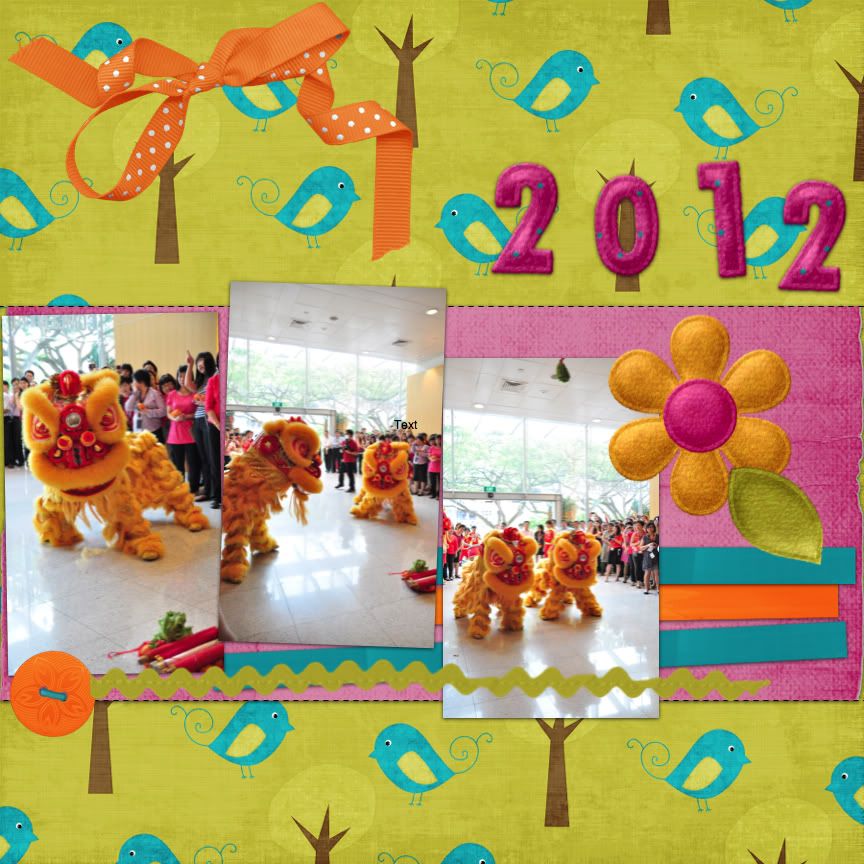
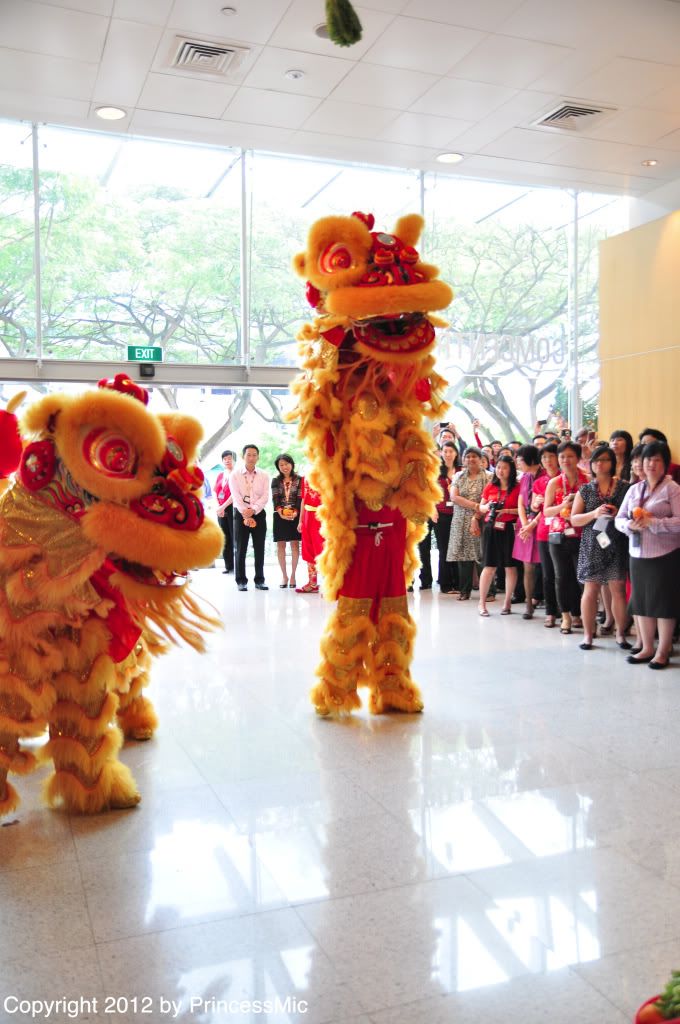
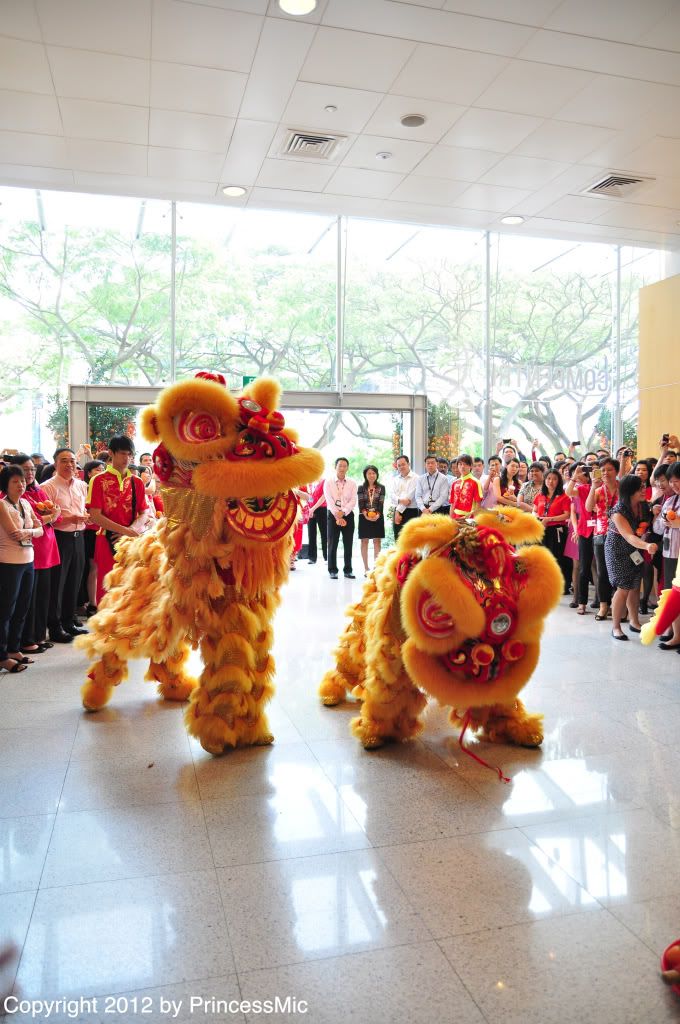
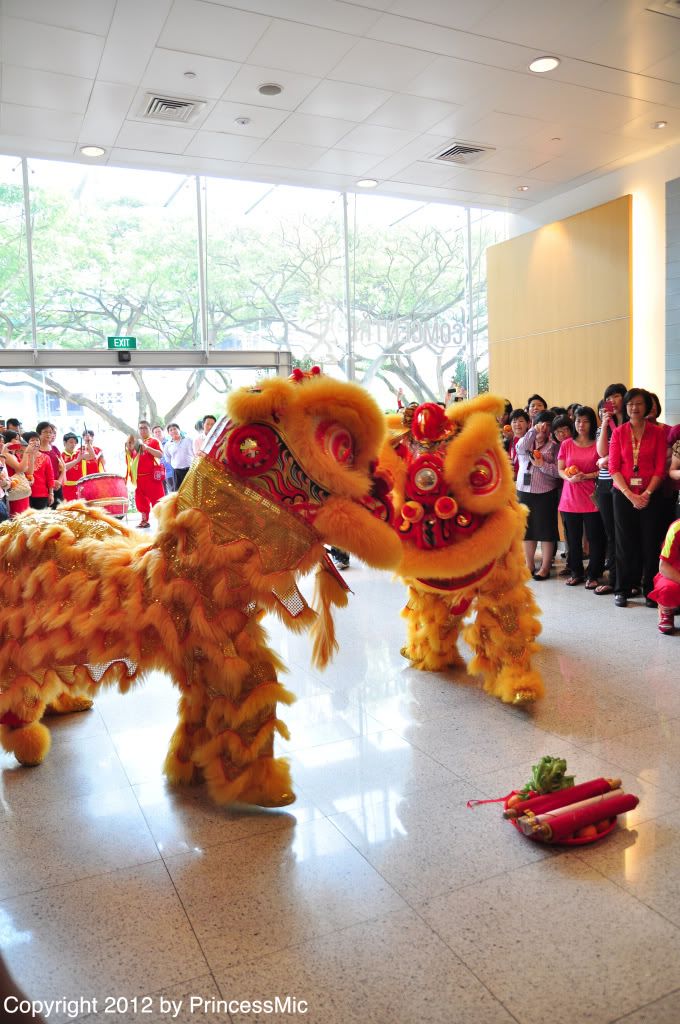
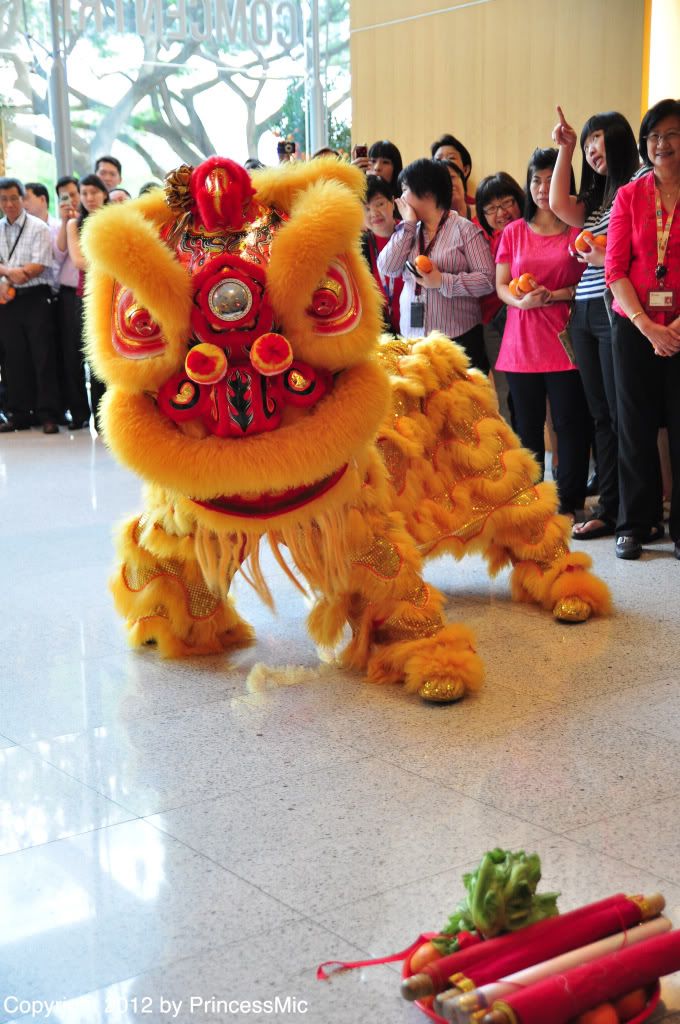
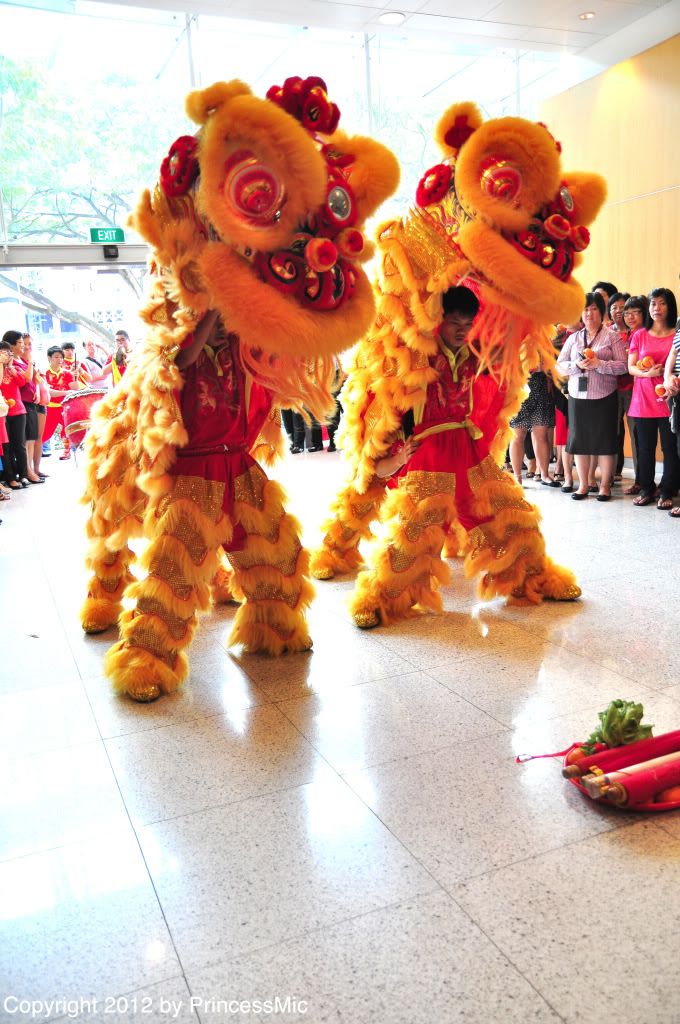
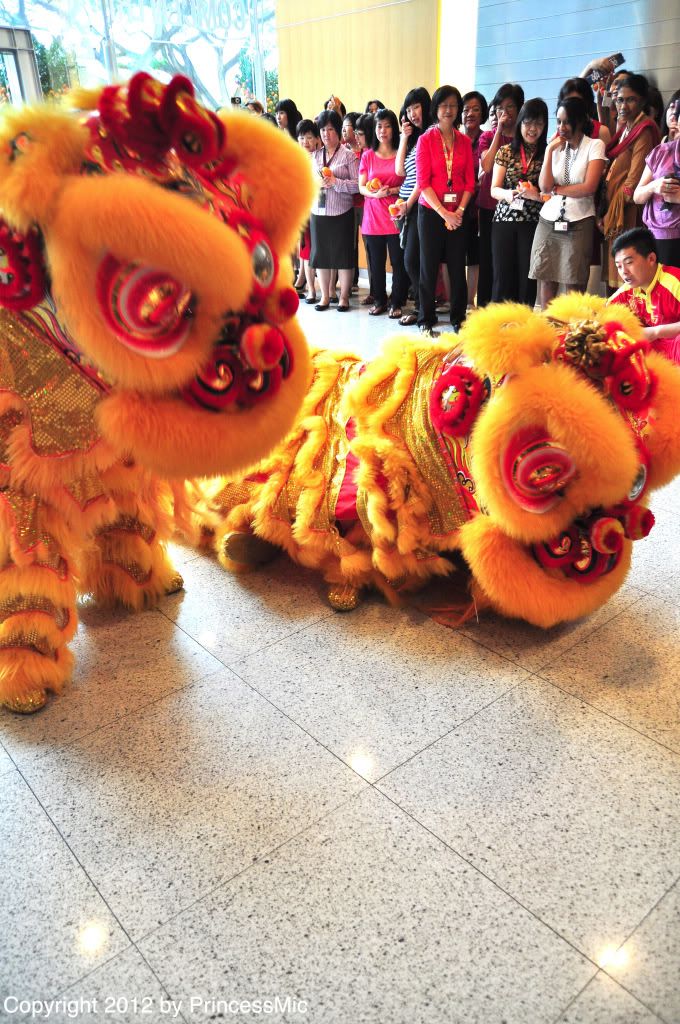
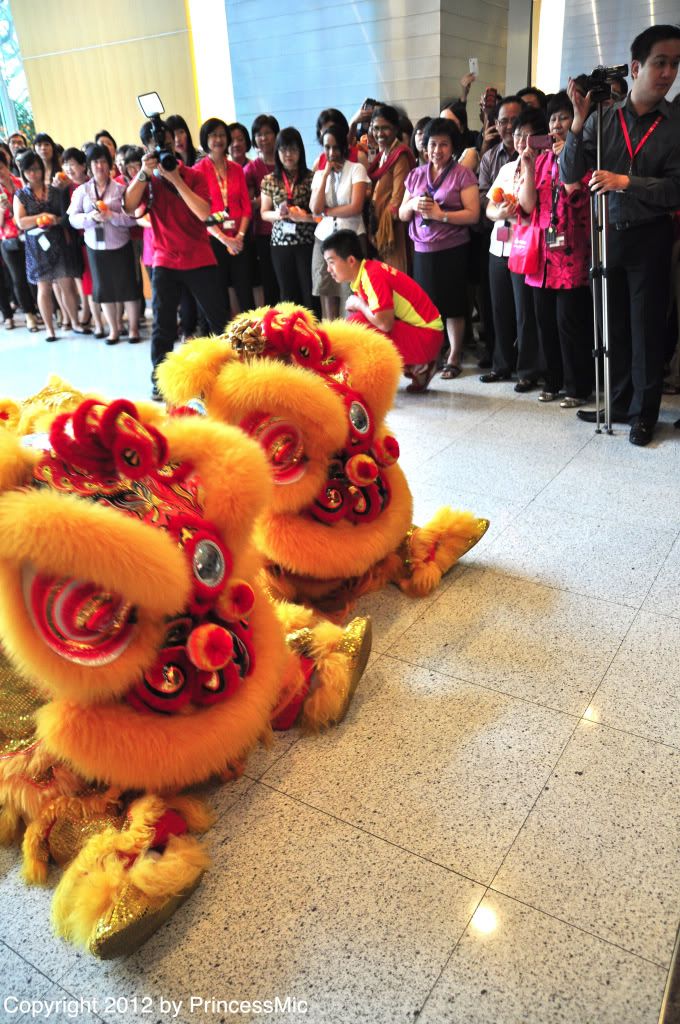
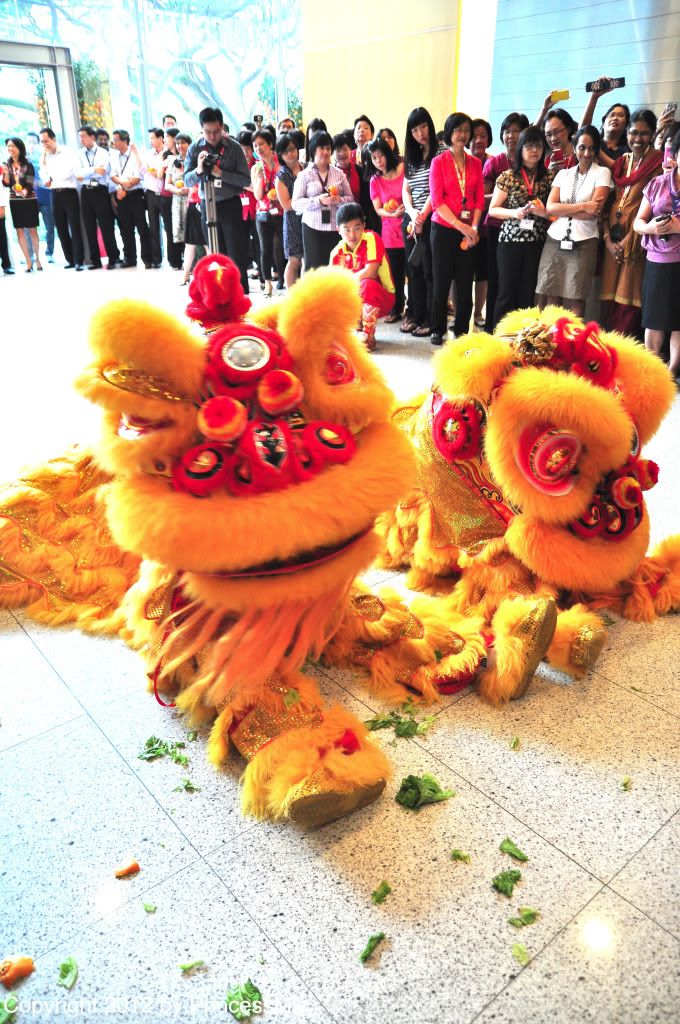
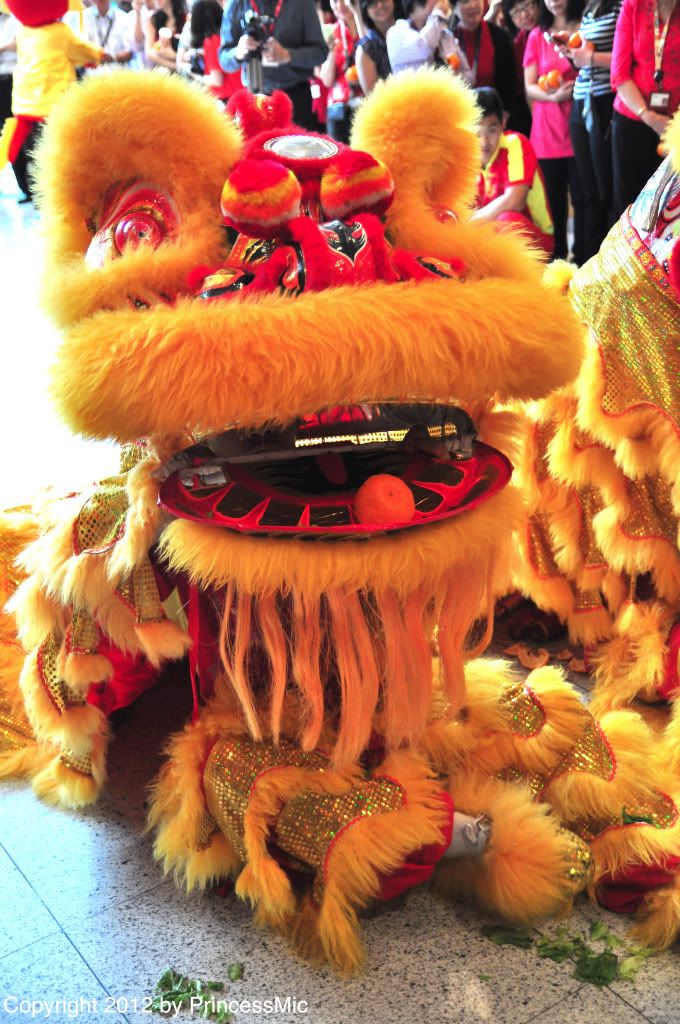
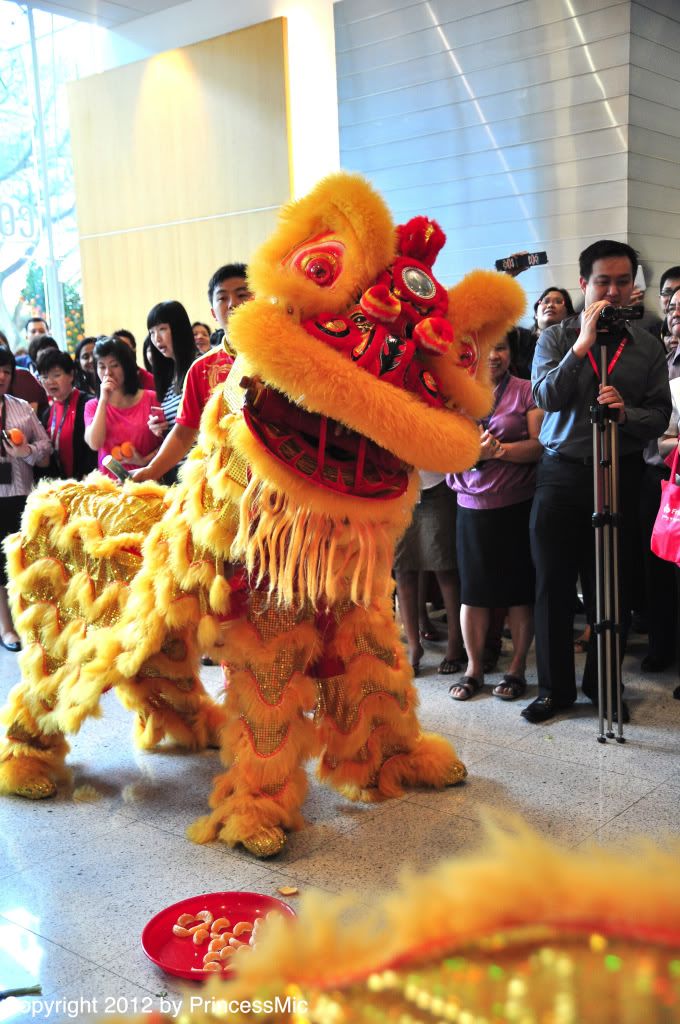
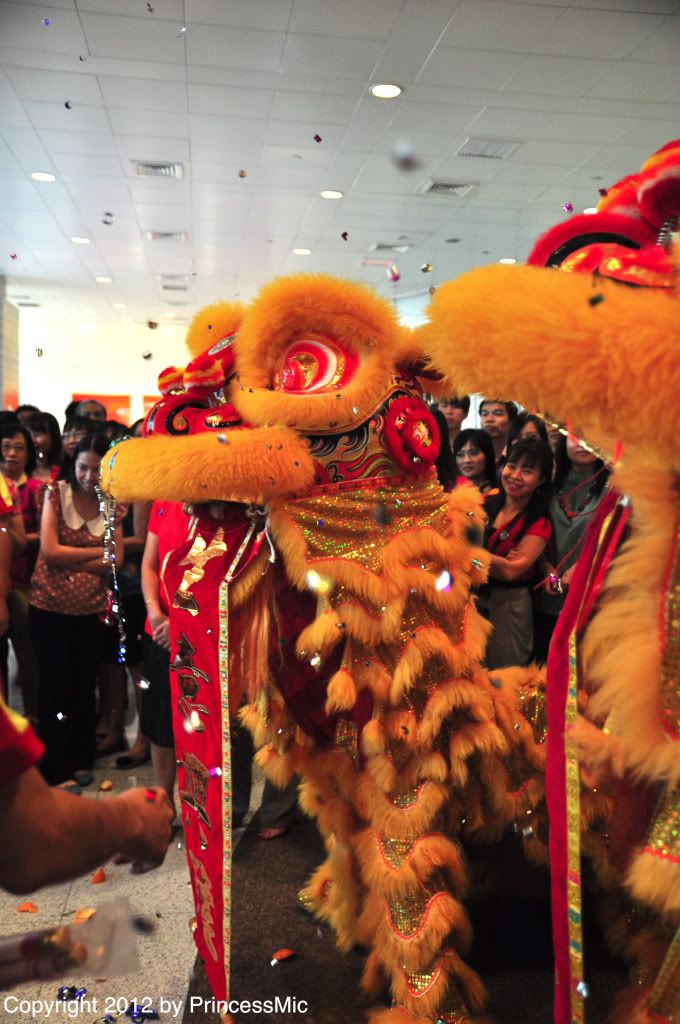
Comments
Post a Comment